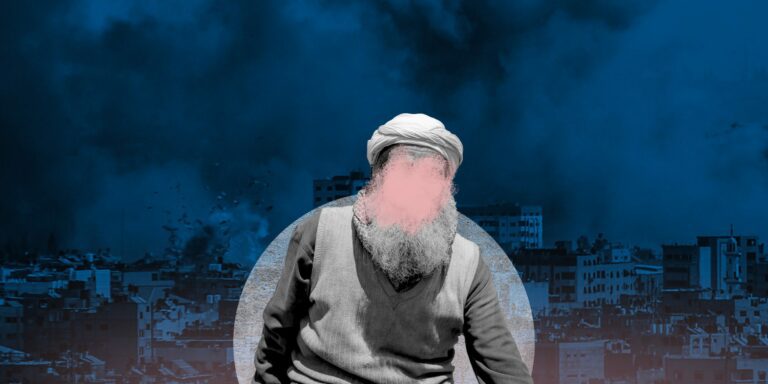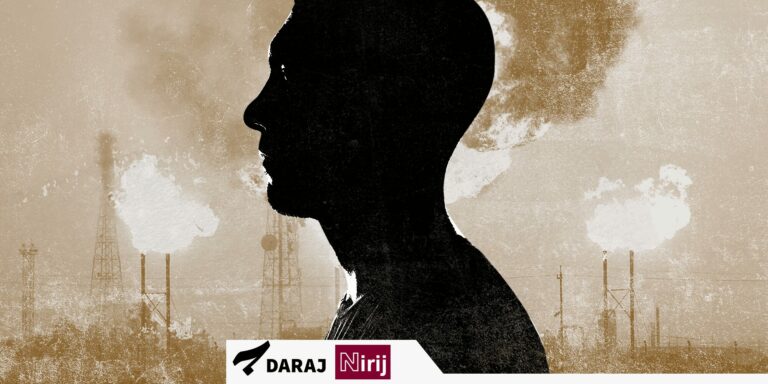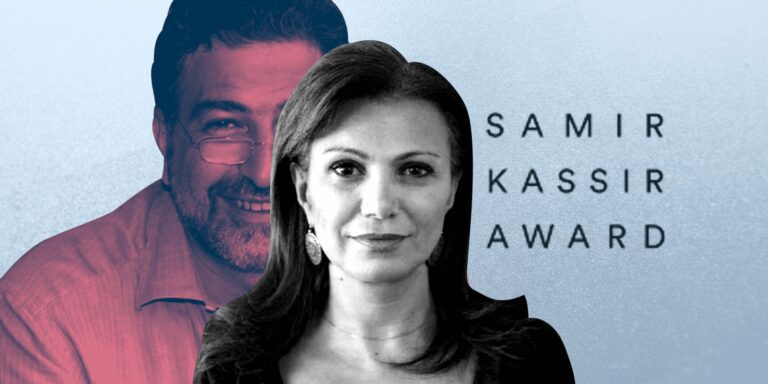Almost a month has passed since the investigation was leaked, and Lebanon is still struggling with the case of the gang that trafficked children through TikTok for various purposes, including sexual assault, coercion to take drugs, and filming sexual assaults.
Not a day goes by without new revelations about the atrocities committed by the notorious and transnational TikTok gang. This underscores that the spaces for children and adolescents in Lebanon and around the world are at the greatest risk.
There is an urgent need for a comprehensive review of Lebanon’s child protection system from a more neutral perspective at a time when digital spaces have become a virtual alternative imposed by the COVID-19 pandemic. The situation is especially critical in Lebanon because of the disintegration of the Lebanese state and the collapse of the social safety net, coupled with an inadequate response to the needs of the most vulnerable groups.
Contradictory information about how these cases were handled highlights our failure to put children’s best interests first. Instead, as always, at the expense of protecting the children, respecting their privacy, upholding their rights, and assisting them in their recovery, we have become embroiled in legal and possibly political disputes involving competition and conflict between security and justice agencies.
The leaks that have accompanied the investigations, parts of which, perhaps most of which, have been carried out in the absence of child protection officers, along with information about pressure on children that has resulted in the hospitalization of a minor and the disclosure of the identities of children, confirm that we have exacerbated the crime and violated the rights of children.
The exacerbation of the crime was not limited to the judicial system; the media also joined the violators by engaging in competitive sensationalism, despite claiming to be doing investigative journalism aimed at uncovering the truth.
In a blatant violation of the victims’ right to a safe passage to recovery, we witnessed an on-air interview with a victim recounting their experience of being lured and manipulated, leading to complete exploitation.
Despite the claims of investigative journalism that the interview was intended to contribute to the investigation by exposing the criminal who was pretending to be innocent, interviewing a rape victim requires special skills in the context of a comprehensive and multidisciplinary therapeutic intervention.
Yes, the minor’s image was obscured, and their voice altered to protect their identity, but the violation lay in inviting the victim to recount their ordeal and delve into the details of the relationship with the criminal, without awareness of the danger of reliving the incident, even in the pursuit of justice.
The investigative journalist might justify their actions by claiming they intended to correct the judicial investigations and expose the criminals, but it may have slipped this very journalist’s mind that no justice is achieved at the expense of victims’ pain, exposing them, and delving into their suffering in public. It also might have escaped our notice that the criminal and those behind them, namely the consumers of rape recordings, derive pleasure first from the act of rape, then from watching it documented, and also from spying on the victim’s pain. Here, the media fell into the trap of gratuitous disclosure, delving into details that only serve the voyeuristic audience, turning the television screen into an open window for intruders, voyeurs, and perhaps consumers of videos documenting rape.
This raises a question about the identity of the consumers of these films documenting rapes, particularly those of children.
Reports on human trafficking indicate that the vast majority of consumers of such materials are men, although some are women. These individuals often come from a variety of social and economic backgrounds and are not limited to any one particular category. However, studies confirm that many of these consumers suffer from mental disorders such as schizophrenia, borderline personality disorder, and gender identity disorder. Many also exhibit signs of sexual deviance and derive sexual gratification from viewing these materials.
For some individuals, the consumption of these materials is a form of addiction, in which the search for and viewing of these materials becomes a compulsive behavior. Studies have also highlighted the intersection between the consumption of these films and other forms of violence, in particular gender-based violence and violence against women.
Despite the fact that requesting and viewing these films is a criminal offense in many countries, providers of these services have developed methods to distribute these scenes through the so-called “dark web,” creating a market for child rape and the marketing of films documenting this extreme violence, driven by supply and demand in the absence of precise legal frameworks to hold perpetrators accountable, including service providers.
This reality is forcing us to rethink how we can protect our children and prevent the recurrence of such catastrophes.
An essential part of protecting them lies in believing them when they come forward to report. Children are often reluctant to talk about what they have experienced because of the fear of being disbelieved or stigmatized. Therefore, we must treat children’s allegations with seriousness, sensitivity, and accuracy. Not believing victims further marginalizes them and makes them more vulnerable to continued harm.






